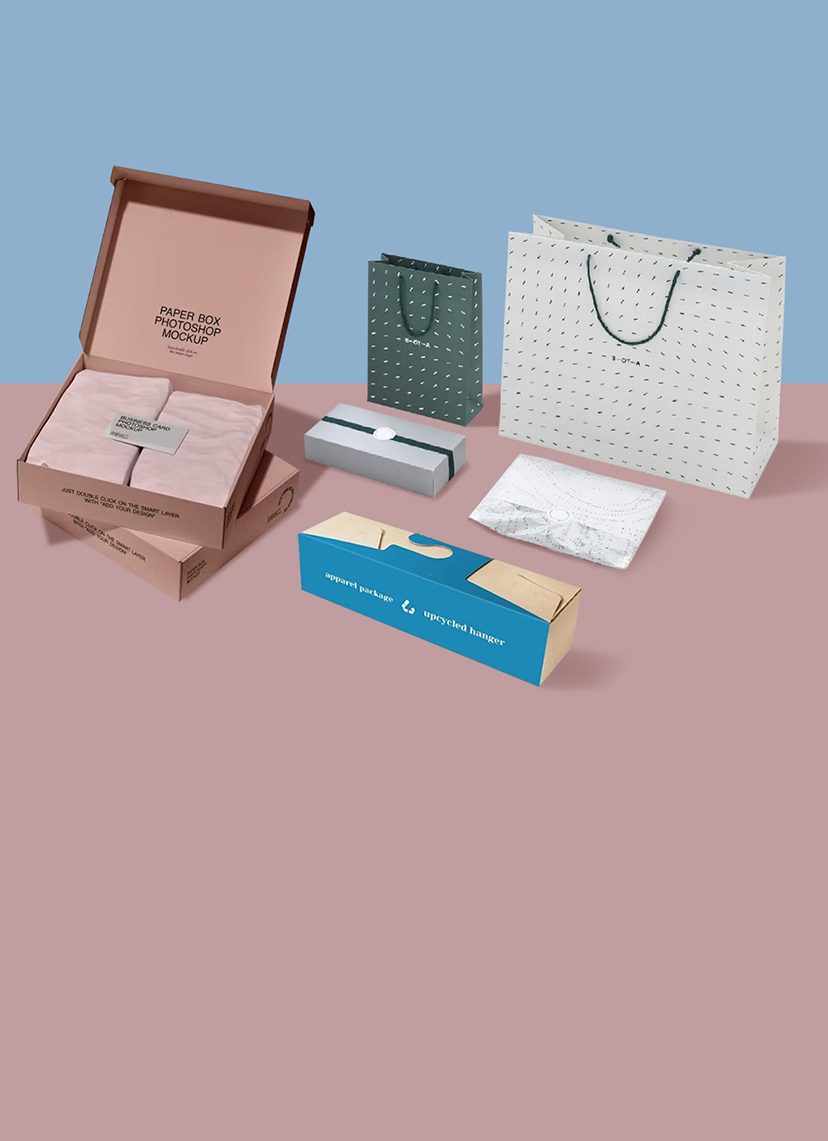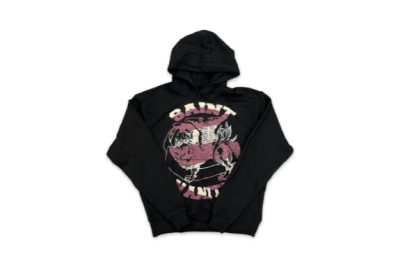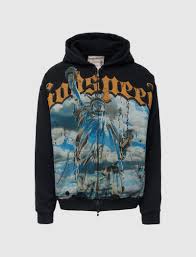How to Buy a Dirndl? Expert Tips for Style, Fit & Tradition
Buying a dirndl can feel overwhelming if it’s your first time diving into Bavarian tradition. Whether you’re attending Oktoberfest, a wedding, or a themed event, a dirndl isn’t just a dress — it’s a statement of culture and elegance. In this guide, we’ll walk you through everything you need to know, from choosing the right fit to understanding traditional elements. Let’s help you select a dirndl that makes you feel confident and festive.
1. Understanding What a Dirndl Really Is
A dirndl is a traditional Bavarian dress consisting of a bodice, blouse, full skirt, and apron. It originated from Alpine peasant clothing but evolved into a fashion piece loved for its classic appeal. Today, it comes in various lengths, fabrics, and decorative styles — from modern chic to vintage charm. The dirndl is more than attire; it’s a symbol of German heritage, especially seen during Oktoberfest or regional festivals across Europe.
2. Choosing Between Modern and Traditional Styles
Dirndls today range from modern glam to strictly traditional. If you’re new to dirndls, consider the event you’ll wear it to. Traditional styles feature muted colors, embroidery, and classic cuts, while modern versions may have satin fabrics, rhinestones, or shorter hems. For instance, modern designs like the Bamberg Nachtfall Lederhose reflect contemporary Bavarian flair with luxurious finishes — perfect for evening festivities.
3. Picking the Right Length for Your Body Type
Dirndls typically come in three lengths: mini (above the knee), midi (mid-calf), and full-length (ankle). Midi dirndls are the most versatile and widely accepted for formal events. Tall women often look stunning in full-length dirndls, while petite women may prefer shorter versions for better proportion. Remember, length affects the overall look — go for what enhances your figure and feels comfortable all day.
4. The Importance of a Proper Bodice Fit
The bodice should fit snugly but not too tight. A well-fitted bodice accentuates your waist and supports your bust without restricting breathing. Traditional dirndl bodices often come with hook-and-eye closures or lacing for adjustability. To understand ideal fit for traditional garments, it helps to explore resources like this guide on how lederhosen should properly fit — the logic extends well to dirndl fits as well.
5. What Your Dirndl Apron Knot Placement Means
One of the most important cultural elements of wearing a dirndl is apron knot placement:
-
Left side means you’re single
-
Right side means you’re taken
-
Center front can mean you’re a virgin
-
Center back often denotes widowhood or waitstaff
This small detail carries big meaning, so don’t overlook it when tying your apron.
6. Choosing Fabrics That Match the Occasion
Dirndls come in materials ranging from cotton and linen to velvet and silk. Cotton is best for casual settings, while satin and silk work well for elegant events. Velvet adds a luxurious touch and warmth — ideal for autumn festivals. Make sure the fabric matches the season and the formality of your event. Lightweight fabrics are best for summer, while heavier ones keep you cozy in colder months.
7. Exploring Regional Variations in Dirndls
Different regions in Germany and Austria have their own interpretations of the dirndl. For example, dirndls from Bavaria often have ornate embroidery and fuller skirts, while Austrian versions may lean toward sleek silhouettes. Understanding these regional styles can help you pick a design that aligns with your fashion sense or travel destination.
8. Color Choices and What They Represent
Colors in dirndls can be symbolic. Green and blue suggest tradition and nature, while red and black can signal elegance or boldness. Lighter colors like pink, white, and pastels are often chosen for weddings or summer events. Choose a color that reflects your personality or complements your skin tone, while also respecting the occasion’s tone.
9. What Blouse Style Completes Your Look?
The blouse is a vital part of your dirndl ensemble. You can choose between puffed sleeves, lace detailing, or off-shoulder styles. White is the classic option, but modern trends also feature black or pastel blouses. Ensure the neckline of your blouse aligns with the bodice style for a seamless look. Don’t be afraid to try on multiple styles until you find the right one.
10. Accessories That Complete the Look
Dirndl accessories can make or break your outfit. Traditional elements include:
-
Charivari chains (metal chains worn on the front)
-
Beaded chokers or Edelweiss necklaces
-
Alpine hats or floral hairbands
These extras add character to your look and emphasize regional authenticity. Don’t forget practical items like small handbags or matching shoes to complete your outfit.
11. Where to Shop for Authentic Dirndls
Buying a dirndl from a trusted store ensures quality and authenticity. Online shops specializing in traditional Bavarian wear offer a wider variety than general fashion stores. One such source is TheLederhoseHerren.de, which provides a curated selection of heritage-rich apparel and accessories perfect for Oktoberfest or themed events.
12. Caring for Your Dirndl the Right Way
Proper maintenance will keep your dirndl looking new for years. Most dirndls should be dry-cleaned, especially those made with silk or velvet. If your dirndl is made of cotton, it might be machine washable — always check the care label. Store your dirndl hanging to preserve its shape and keep it out of direct sunlight to avoid color fading.
13. Mistakes to Avoid When Buying a Dirndl
Many first-time buyers make the mistake of choosing style over fit or ignoring fabric type. Others overlook cultural elements like apron knot placement or proper accessories. Avoid buying overly cheap options that may lack durability. Always try it on (or check sizing charts online), and read reviews before purchasing to ensure you’re getting value for money.
14. Wearing a Dirndl Outside Oktoberfest
Dirndls aren’t just for Oktoberfest. They’re worn at weddings, harvest festivals, Christmas markets, and cultural celebrations throughout the year. Many women now use dirndls for themed parties or photoshoots. Having at least one versatile dirndl in your wardrobe allows you to participate in these events in authentic style — no matter the season.
15. Final Thoughts: Confidence Is Key
The best dirndl for you is one that makes you feel confident, elegant, and comfortable. Whether you’re opting for a modern twist or a fully traditional look, don’t overthink it. Respect the culture, choose what flatters your figure, and own your style. With the right guidance and quality source, buying a dirndl can be an enjoyable experience that connects you to a rich European tradition.
FAQs
Q1. Can I wear a dirndl if I’m not German or Austrian?
Yes! Dirndls are worn by people worldwide during Oktoberfest or cultural events. Just be respectful of tradition.
Q2. How do I know what size dirndl to buy?
Check size charts provided by the seller and always measure your bust and waist. Dirndls are meant to fit snugly, especially the bodice.
Q3. Are dirndls suitable for weddings?
Absolutely. Many brides or guests wear pastel or white dirndls for traditional Bavarian weddings.
Q4. Can I mix modern and traditional dirndl pieces?
Yes, combining classic skirts with trendy blouses or accessories is a common and stylish approach.
Q5. How expensive is a good dirndl?
A high-quality dirndl can range from €100 to €500 depending on materials, embroidery, and craftsmanship.
Q6. Is it okay to wear a second-hand dirndl?
Yes, vintage dirndls are popular! Just ensure the fit and condition are good before purchasing.
for more detail



